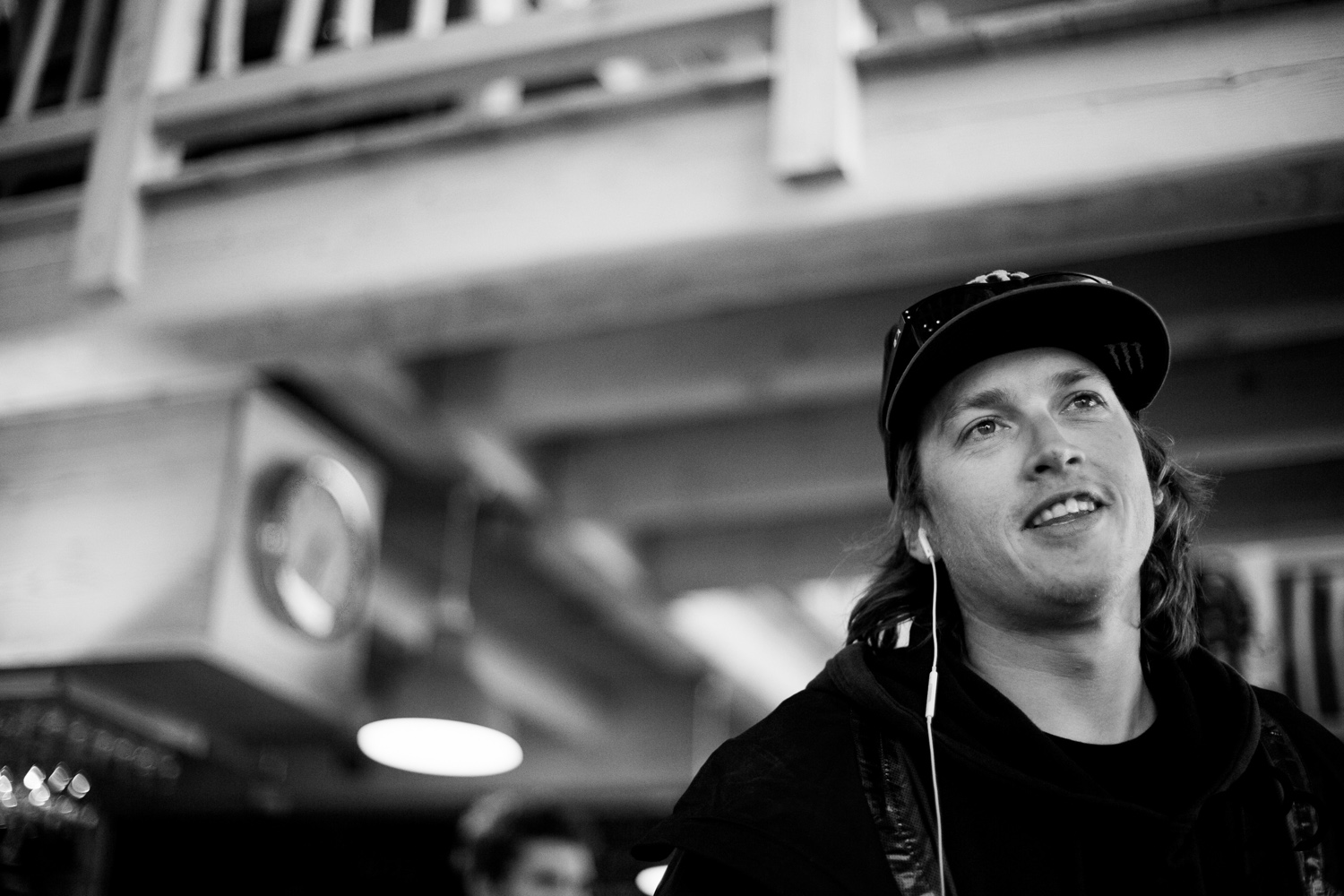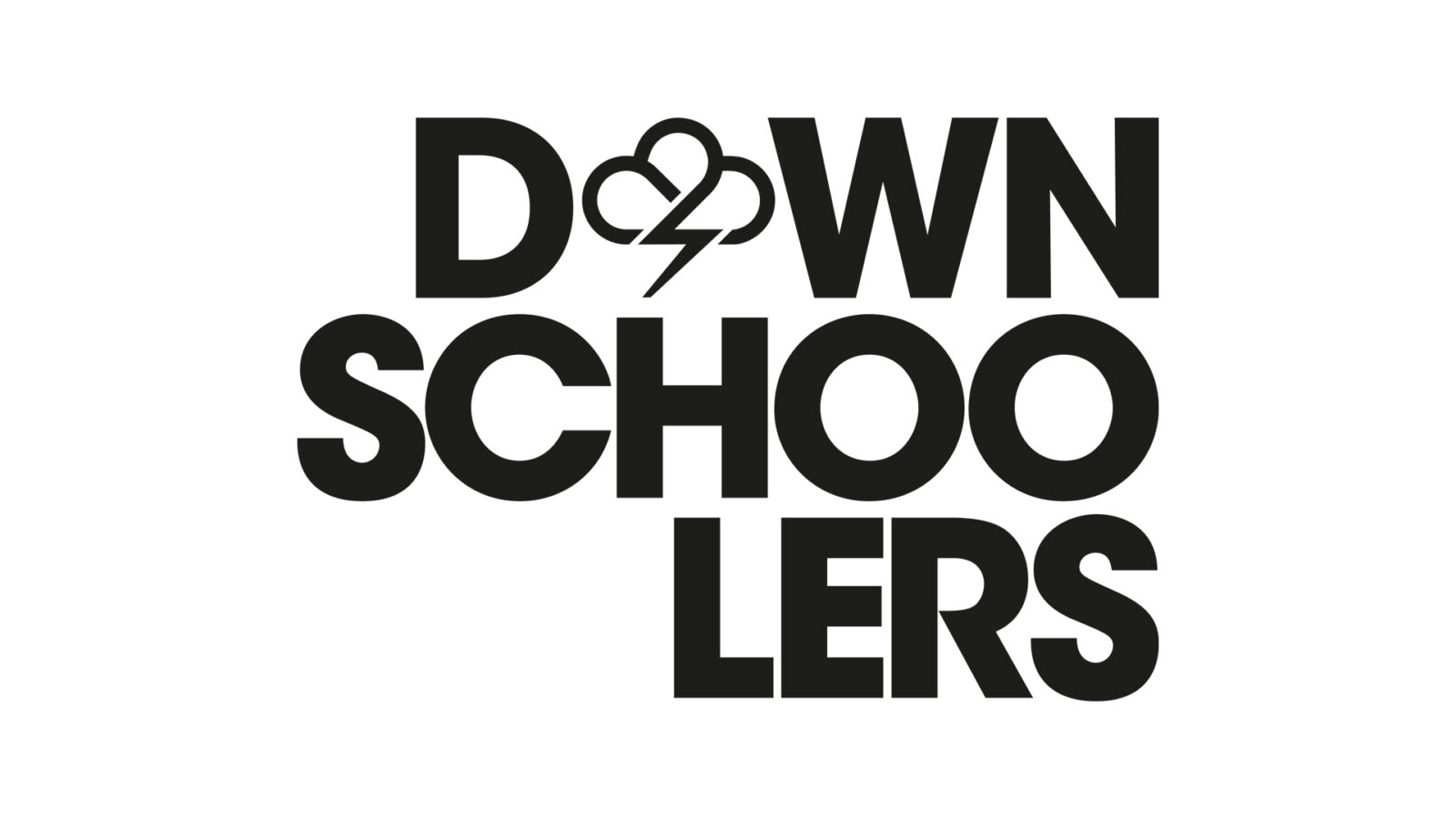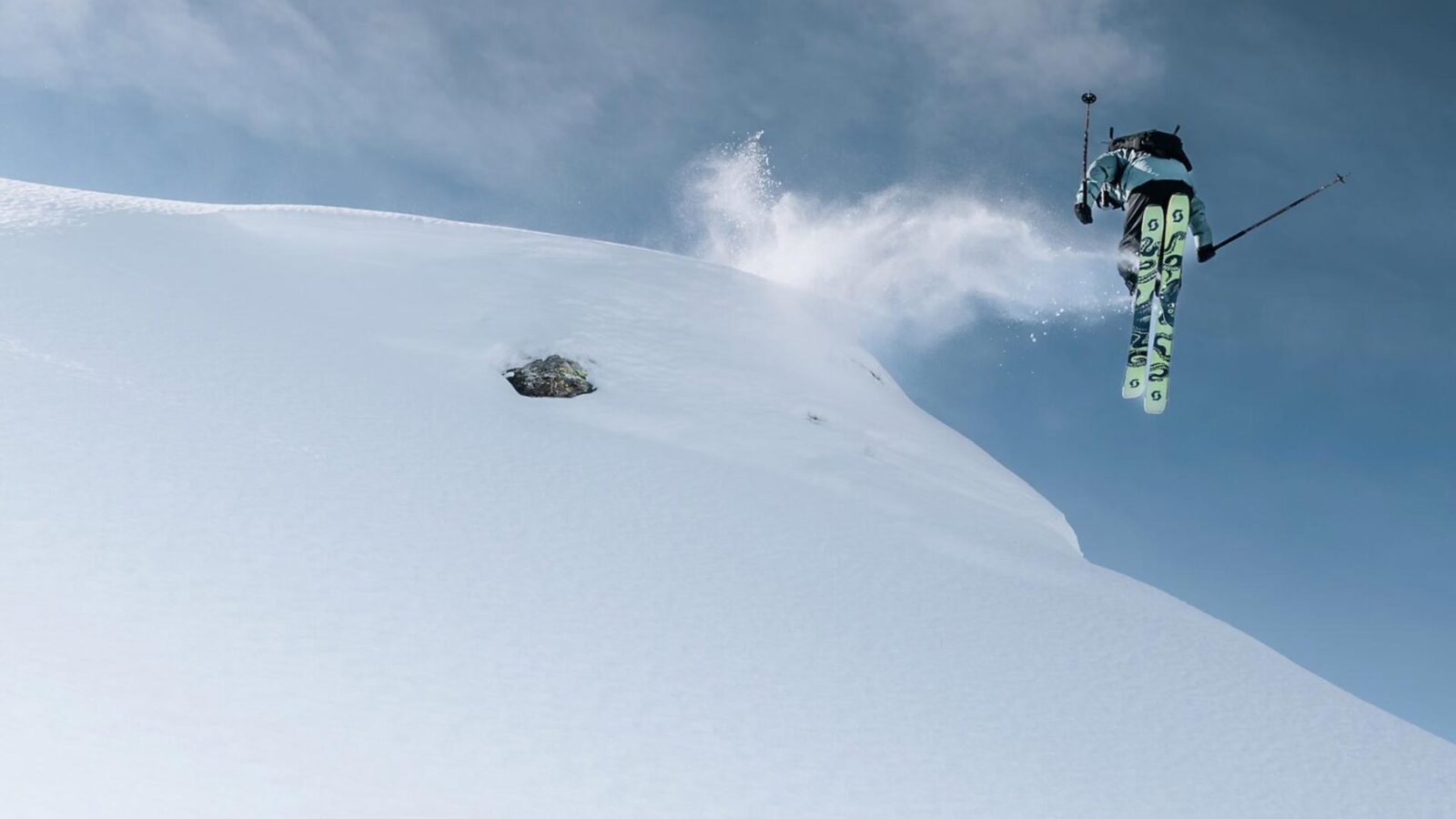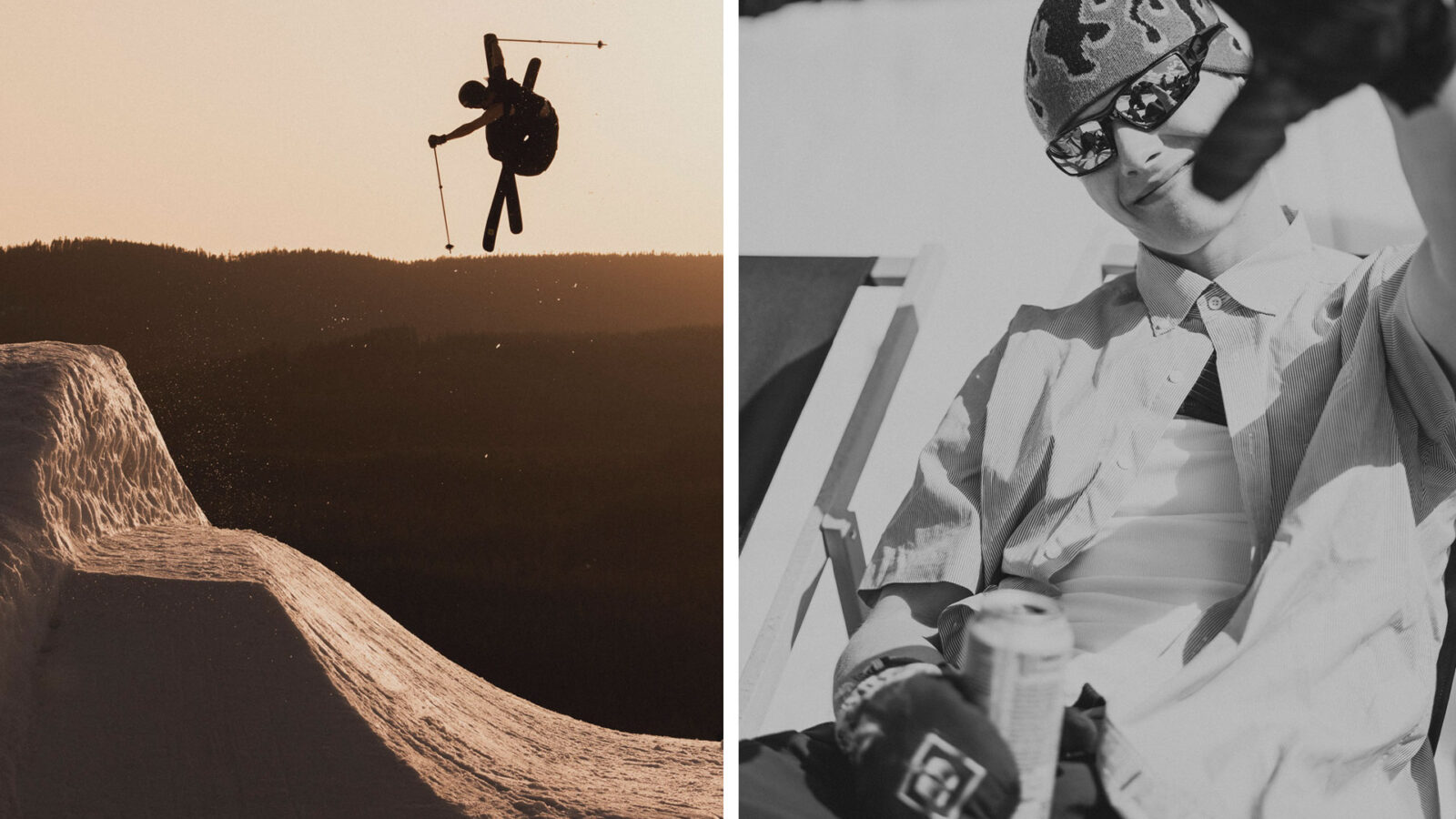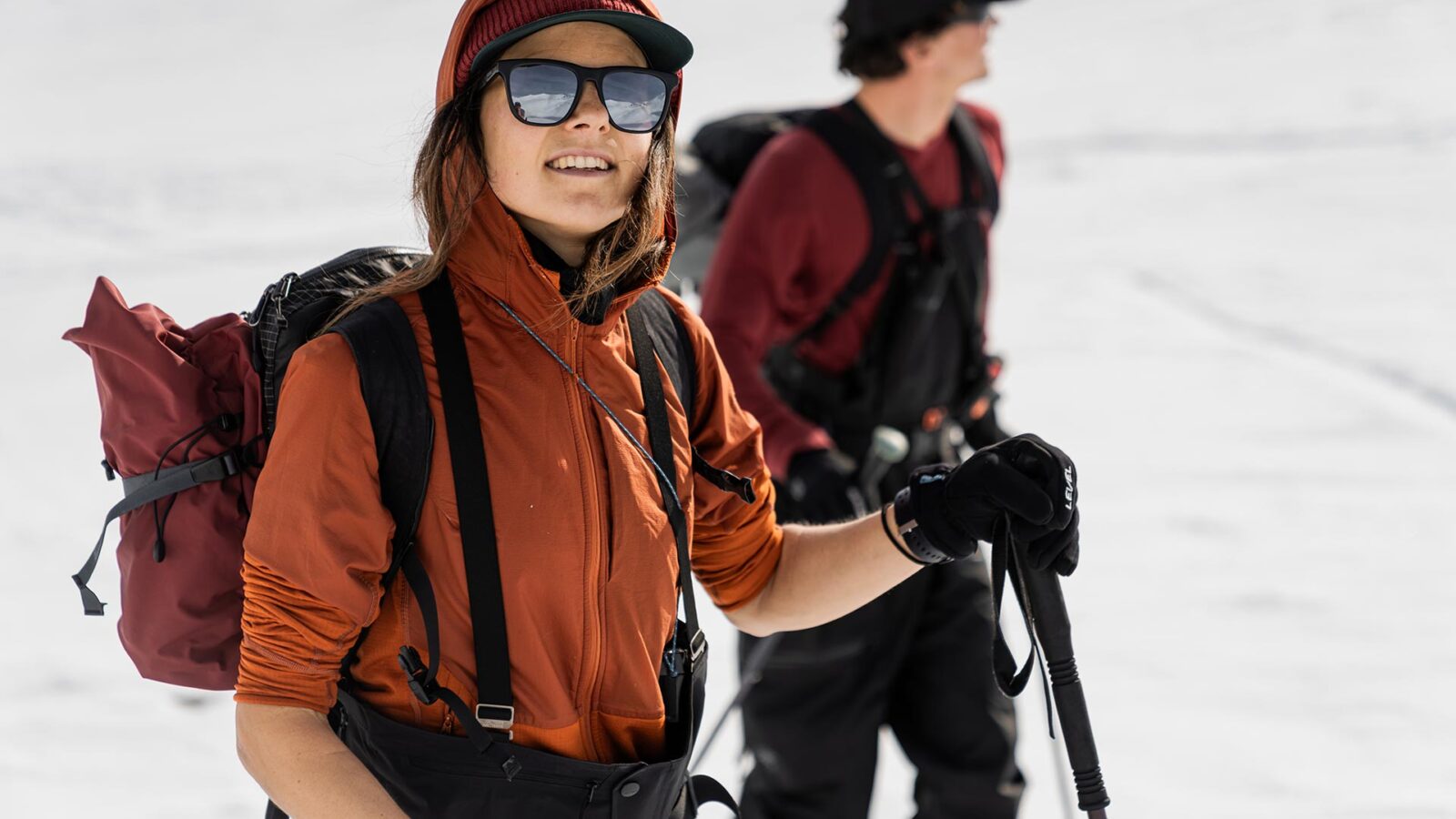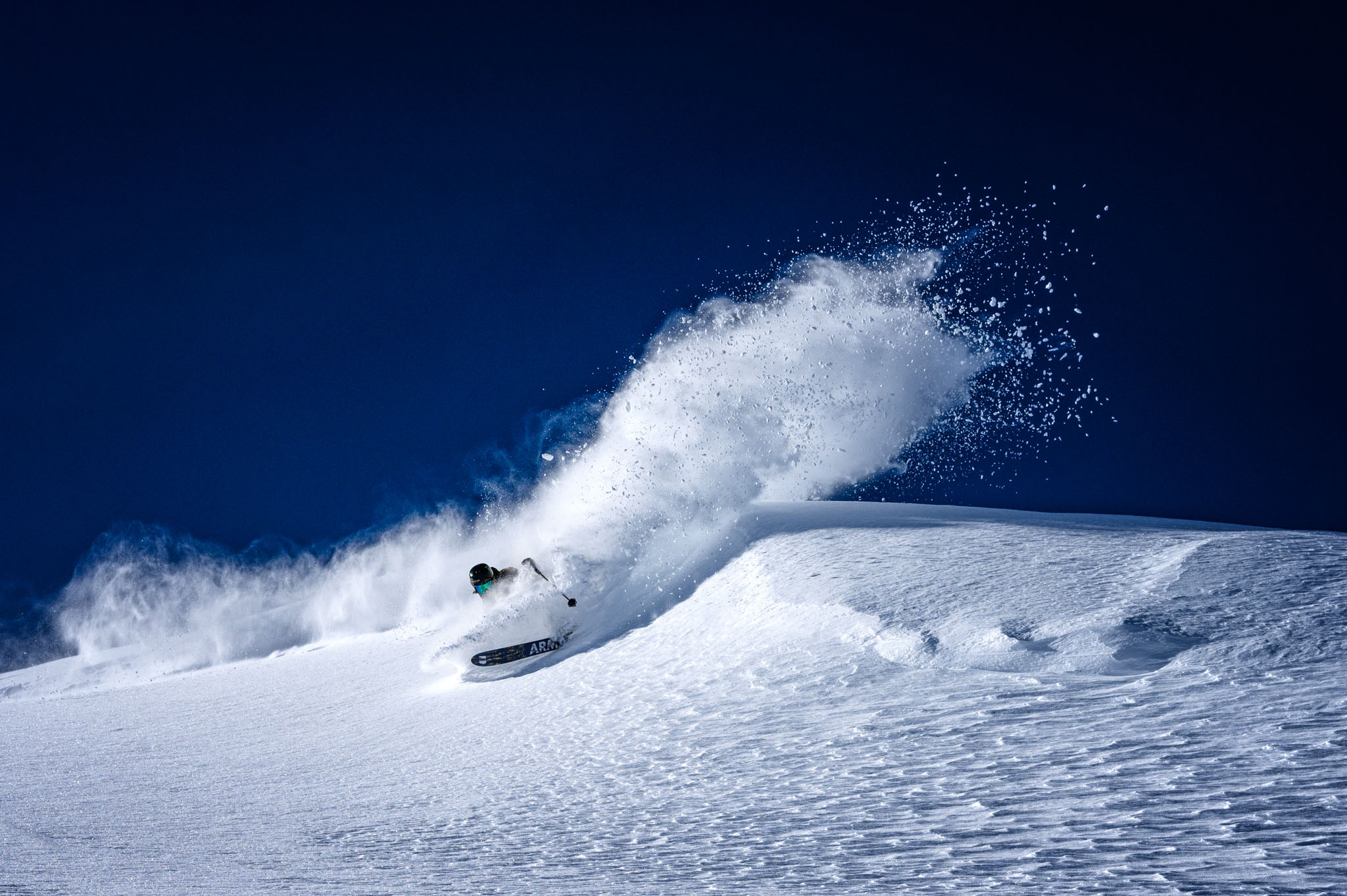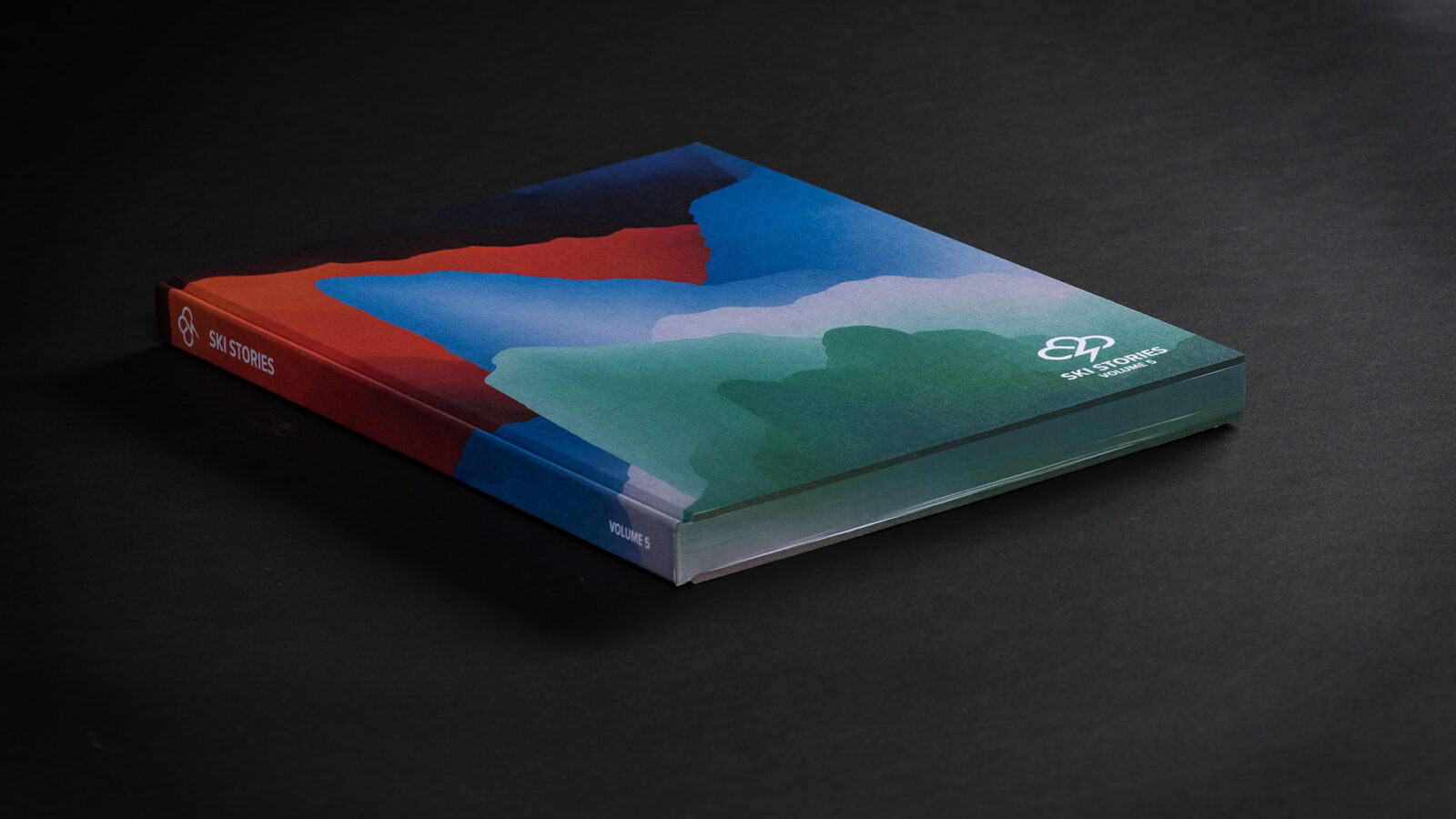Rafael Regazzoni, 32 years old, lives in Bourg-Saint-Maurice, France. That’s the easy part of his description. His job, as he himself will admit, is harder to define. Formerly a freeskiing judge and an editor, today Raf’s influence in the freeski and action sport industry includes consulting, event and video production, athlete management and more as a director for the Distillery, Downdays’ parent company. The best way to place him is with this basic truth: if you see something happening in freeskiing, Raf is probably involved in it, either up close or from afar.
By: admin
January 06, 2016
RELATED TAGS
See more
1 /
